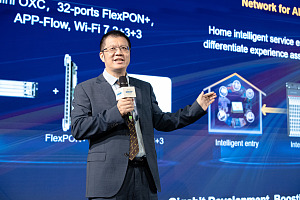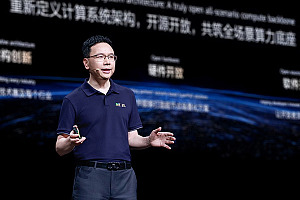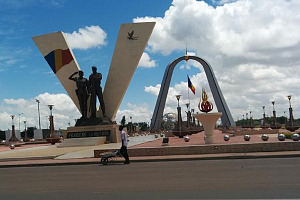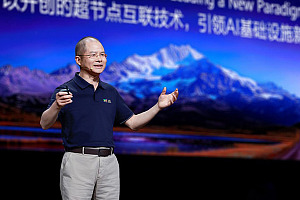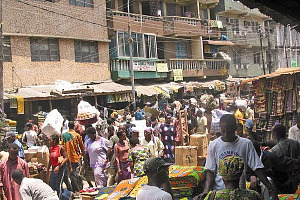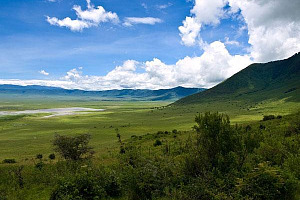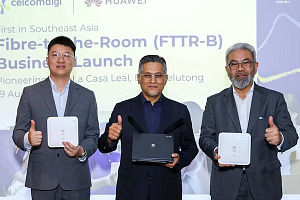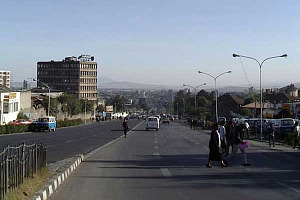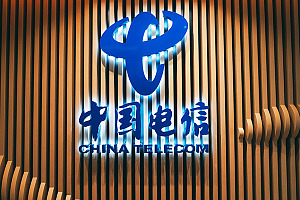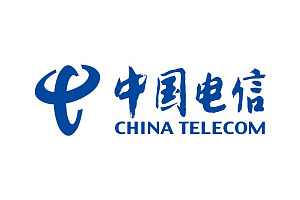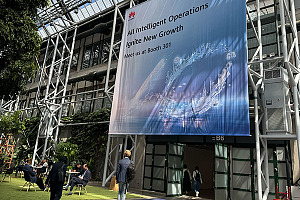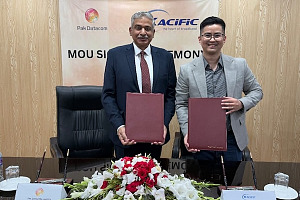At the Mobile World Congress 2025 in Barcelona, we caught up with two special guests to chat about global efforts to bring high-quality Internet connectivity to everyone.
Dr Cosmas Zavazava, Director of the ITU Telecommunication Development Bureau (BDT) and Mr Liu Jie, Huawei FDD Product Line Vice President (R&D) discussed some of the financial and logistical challenges of providing wireless services to remote, low-income areas, particularly amid the rise of artificial intelligence (AI).
The challenge of AI
While it is revolutionizing industries like health care and finance, and boosting productivity and automation across sectors, AI also places a heavy demand on wireless networks and power grids. Dr Zavazava and Mr Liu explained that by working together, stakeholders can address those new demands, and the goal of connecting everyone, everywhere, can stay on track.
"The emergence of artificial intelligence in the digital landscape poses additional challenges for connecting the unconnected,” Dr Zavazava said. “When deploying AI, there are new demands on network infrastructure, scalability, and accessibility. Data is equally fundamental. Without connectivity, there is no data to feed AI models."
Aging networks are another barrier to internet connectivity in developing markets. Dr Zavazava pointed out that 3G is still the only option in some places, particularly in Africa, whereas in other regions, 3G is being phased out, and 6G is on the horizon.
“As we transition from digital inclusion to AI inclusion, wireless networks will be one of the enablers that ensure no one is left behind,” said Dr Zavazava.
Creative solutions to support development
Mr Liu emphasized that connectivity is at the heart of a digital society, with mobile broadband enabling connections anytime, anywhere, and for anyone. These connections are crucial for supporting the development of societies, he said, and significantly increase efficiency in many developing countries in Africa and Asia.
Private sector players like Huawei can do a lot to bring essential services to unconnected communities and allow them to share in the digital dividends, Mr Liu said. He gave the example of Huawei’s innovative "one-box" solution, a compact base station that integrates multiple network technologies. It can be easily transported on a truck and installed on a telegraph pole or a tree and uses environmentally friendly solar energy. In rural areas, building and maintaining a site for a wireless station is very costly; the one-box solution provides a more economical solution.
Dr Zavazava noted that joint work between the ITU’s Telecommunication Development Bureau (BDT) and Huawei has helped bring connectivity to many communities, shrinking the gap between connected and unconnected populations, and reaching key demographics such as youth.
“When people have access to wireless broadband, they gain new channels to embrace online opportunities no matter where they live,” Dr Zavazava said. “People who improve their digital literacy – using their devices and Internet connectivity to the best advantage – can reap life-changing benefits online, like education, health care and financial services. Communities can implement smart electrical grids, intelligent transport, and precision agriculture to reduce environmental impact.”
In business, Dr Zavazava added, wireless networks have become an indispensable medium for tools that fuel economic growth in communities. They host digital services, AI applications, and automation, technologies that streamline processes, optimize supply chains, and improve decision-making – all of which drive productivity. Wireless networks support cloud computing, financial technology, AI-driven analytics, and Internet of Things – the fast-growing network of physical objects, like appliances, vehicles, and gadgets, that connect to the Internet.
The need for supportive policy, legal and regulatory frameworks
Financing rural and remote connectivity is another challenge facing stakeholders. Return on investment for providers in some remote and rural areas is low or non-existent.
Dr Zavazava said providers have little incentive to invest in communities that cannot afford services but noted that factors such as supportive legal frameworks and government policies, including on taxation of ICTs, can encourage industry to venture into challenging, underserved areas.
“Partnerships are fundamental for us to be able to address the issue of universal access and universal service. Engagement of the private sector is key. Every year, we host the Global Symposium for Regulators which convenes industry leaders, ICT policy regulators and policy makers, providing a platform to explore innovative regulatory approaches and tools to unlock opportunities and address digital gaps in infrastructure, access, skills, and usage.”
The Universal Service Funds model and other financing mechanisms can help ensure that essential telecommunications services are accessible to all, especially in underserved areas.
Working together BDT’s initiatives
Dr Zavazava said governments can support universal connectivity by building public confidence in using technology and by promoting cybersecurity. He said AI should be seen as a tool to complement human work, not replace it.
“While AI can assist with routine tasks, human involvement remains crucial. Instead of fearing job loss, we should focus on skilling, reskilling, and upgrading our skills,” he said.
Dr Zavazava and Mr Liu cited Huawei’s engagement in various initiatives within the ITU’s Telecommunication Development Bureau (BDT) as an example of how partnerships can tackle some of the world’s more pressing challenges through the digital. They pointed to the need for collective efforts to drive inclusive, resilient, and AI-ready digital ecosystems that benefit all communities.
“For us, AI is an opportunity rather than a challenge,” Dr Zavazava said. “We need governance structures to encourage people to use AI as a tool for good, like addressing climate change via smart agriculture, delivering education to people in remote areas, facilitating precision in surgery, or supporting socioeconomic development.”







